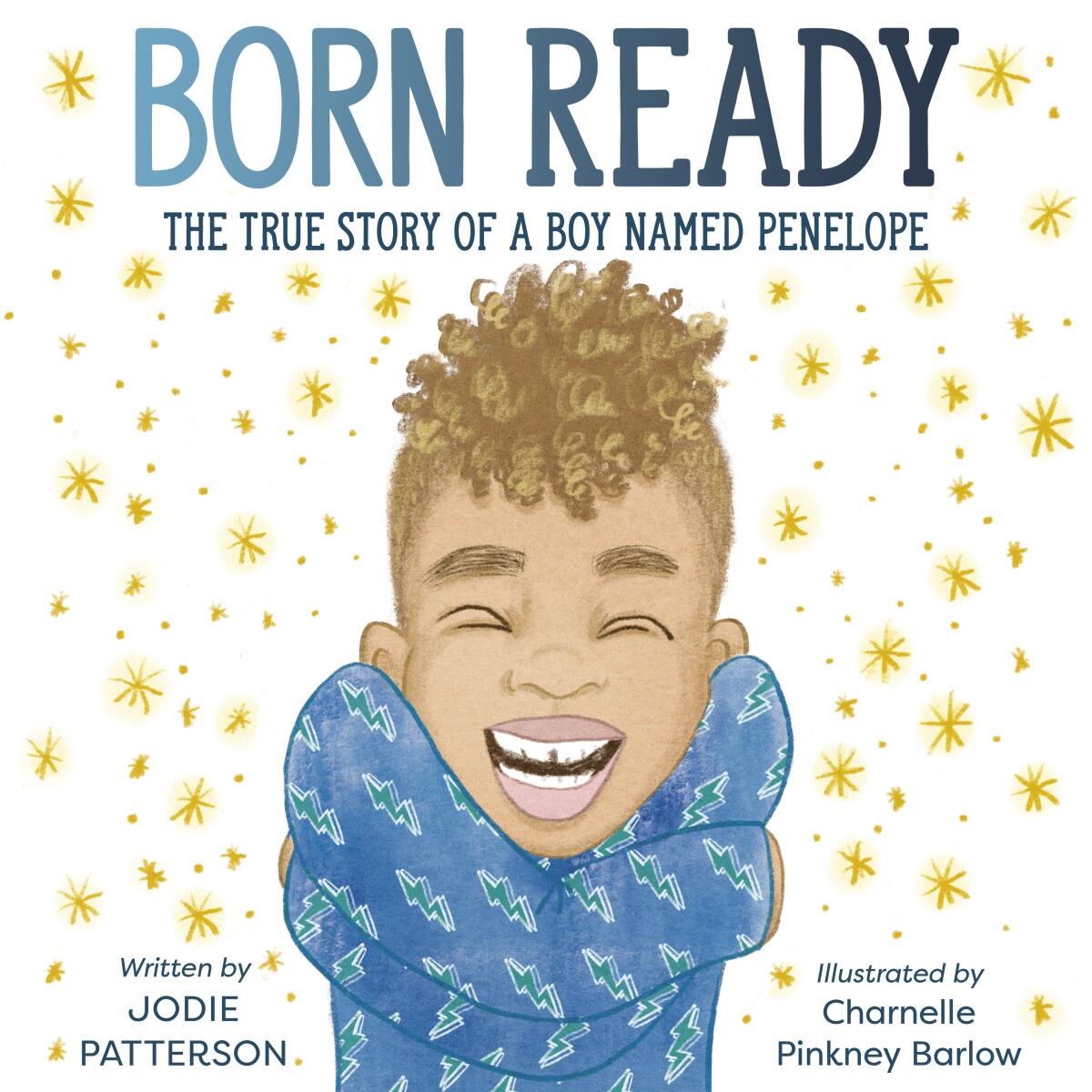After backing Israel, Iran’s self-styled crown prince loses support | Israel-Iran conflict News
Hours before a ceasefire took effect between Israel and Iran on June 24, the son of Iran’s last shah, Reza Pahlavi, held a televised news conference in the French capital, Paris.
Dressed in a grey suit and blue tie with his hair combed back, the 64-year-old exiled (and self-styled) crown prince of the monarchy that Iranians overthrew in 1979 urged the United States not to give Iran’s government a “lifeline” by restarting diplomatic talks on its nuclear programme.
Pahlavi insisted that Iran’s Islamic Republic was collapsing. “This is our Berlin Wall moment,” he said, calling for ordinary Iranians to seize the opportunity afforded by Israel’s war and take to the streets, and for defections from the military and security forces.
But the mass protests Pahlavi encouraged never materialised.
Instead, many Iranians – including those opposed to the government – rallied around the flag in a moment of attack by a foreign force. It appears that Pahlavi, who said in his Paris speech that he was ready to replace Supreme Leader Ali Khamenei and lead Iranians down a “road of peace and democratic transition”, had misread the room.
While he was willing to align with Israel in achieving what he perceives to be the greater goal of overthrowing the Islamic Republic, the majority of his compatriots were not.
If anything, Pahlavi may have squandered the little support he once had by choosing not to condemn Israel’s heavy bombardment of Iran, which killed more than 935 people, including many civilians, said Trita Parsi, an expert on Iran and the author of Treacherous Alliance: The Secret Dealings of Israel, Iran and the United States.
“He has – in my estimation – destroyed much of the brand name [of the shah] … by going on TV and making excuses for Israel when it was targeting our apartment buildings and killing civilians,” he told Al Jazeera.
Pahlavi’s office did not respond to requests for comment from Al Jazeera.
![A man holds an Iranian flag by an Iranian Red Crescent ambulance that was destroyed during an Israeli strike, as seen here in Tehran on June 23, 2025. [Atta Kenare/AFP]](https://www.aljazeera.com/wp-content/uploads/2025/06/000_63G96JM-1750695871.jpg?w=770&resize=770%2C524&quality=80)
Generational appeal
The level of support for Pahlavi is disputed, but many experts doubt it is extensive.
Still, what support he does have – particularly in the Iranian diaspora – often emanates from opposition to the Islamic Republic and nostalgia for the monarchy that predated it.
Yasmine*, a British-Iranian in her late 20s, said that members of her own family support Pahlavi for the symbolism of the pre-Islamic Republic era that he represents, as opposed to what he may actually stand for, adding that she believed that he lacked a clear political vision.
“He really symbolises what Iran was [a government that was secular and pro-West] prior to the Islamic Republic, and that’s what those who are asking for Reza Pahlavi want back,” she told Al Jazeera.
Her aunt, Yasna*, 64, left Iran just months before the 1979 revolution to attend university in the United Kingdom. While she supports Pahlavi for the reasons her niece mentioned, she also believes Iran will no longer be a pariah to the West if he returned to rule Iran.
“He’s somebody from my generation, and I have a clear memory of growing up in the days under the shah … he’s also so friendly with America, Europe and Israel, and we need somebody like that [in Iran],” Yasna said.
Analysts explained to Al Jazeera that the lack of a prominent alternative to Pahlavi – due to the Iranian government’s crackdown on political opposition – was part of Pahlavi’s appeal.
They also pointed out that support for Pahlavi is tied to the distorted memory that some have of his grandfather, Reza Khan, and his father, Mohammad Reza Pahlavi.
Reza Khan was widely credited with creating an ethno-centralised state that curtailed the power of the religious clergy and violently cracked down on opponents and minorities. That repression continued under Mohammad Reza Pahlavi.
However, Yasna speaks fondly of the Pahlavi family and hopes Reza Pahlavi can soon carve out his own legacy.
“Reza’s grandfather brought security to the country, and his father helped us move forward. I now think Reza can unite us again,” she said.
Family history
The Pahlavis were not a dynasty with a long and storied past. Reza Khan was a military officer who seized power in the 1920s, before being replaced by Mohammad Reza in 1941.
Foreign powers had a role to play in that, as they did in 1953, when the US and the UK engineered a coup against Iran’s then-elected Prime Minister Mohammad Mosaddegh, who had nationalised the assets of the Anglo-Persian oil company, now known as BP, in April 1951.
“The British thought it was their oil,” explained Assal Rad, a historian of Iran and the author of State of Resistance: Politics, Identity and Culture in Modern Iran.
“They had no recognition of the colonial past that allowed them to forcefully take the resource, nor recognition of Iran’s right to take the resource for itself,” she told Al Jazeera.
Prior to the coup, Rad explained that the shah was engaged in a power struggle with Mosaddegh, who openly criticised the shah for violating the constitution. The former wanted to maintain his control, especially over the military, while the latter was trying to mould Iran into a constitutional democracy with popular support.
The coup against Mosaddegh was ultimately successful, leading to another 26 years of progressively more repressive Pahlavi rule.
According to a 1976 report by Amnesty International, the shah’s feared intelligence agency (SAVAK) often beat political prisoners with electric cables, sodomised them and ripped off their finger and toenails to extract false confessions.
“At the end of the day, the shah’s regime was a brutal dictatorship and non-democracy,” Parsi told Al Jazeera.
Economic inequality between the rich urban classes and the rural poor also grew under the shah, according to a 2019 Brookings Institute report by Djavad Salehi-Isfahani, an economist at Virginia Tech University.
And yet, the shah appeared detached from the plight of his own people throughout his reign. Rad referenced a lavish party that the shah threw in 1971 to celebrate 2,500 years of the Persian Empire.
The luxurious party brought together foreign dignitaries from across the world, even as many Iranians struggled to make ends meet, highlighting the country’s economic disparities.
“He was celebrating Iran with nothing Iranian and no Iranians invited nor involved, and he even had student protesters arrested beforehand because he didn’t want incidents to occur while he was doing this,” Rad said. “The party was one of these monumental moments that led to the disconnect between him and his own people.”

Coupled with state repression and rising poverty, the Persian Empire celebration was one of the factors that eventually led to the 1979 revolution.
Reza Pahlavi was in the US when the revolution erupted, training to be a fighter pilot.
He was just 17 years old and has never returned to Iran since. Instead, a life in exile began, with the ultimate goal always remaining a return to his home country – and power.
As the eldest of the shah’s two sons, loyalists to the monarchy recognised Reza Pahlavi as heir apparent after his father passed away from cancer in 1980.
He has since spent the majority of his life in the US, mostly in the suburbs of Washington, DC.
Initially focused on restoring the monarchy, Pahlavi has shifted his rhetoric in the last two decades to focus more on the idea of a secular democracy in Iran. He has said he does not seek power, and would only assume the throne if asked to do so by the Iranian people.
Opposition outreach
Pahlavi’s attempt to broaden his appeal came as he also reached out to other opponents of the Iranian government.
Some have outright refused to work with him, citing his royal background. And others who have worked with him have quickly distanced themselves.
One of the most important examples of this was the Alliance for Democracy and Freedom in Iran, formed in 2023, in the wake of antigovernment protests that began the previous year.
As well as Pahlavi, the coalition included Nobel Peace Prize winner Shirin Ebadi, women’s rights activist Masih Alinejad, human rights activist and actress Nazanin Boniadi, former footballer Ali Karimi, and the author Hamed Esmaeilion.
But problems emerged from the very meeting organised to form the coalition in February 2023.
According to Parsi and Sina Toossi, an expert on Iran with the Center for International Policy (CIP), Pahlavi rejected any proposal to collaborate with the other attendees at the meeting in Washington, DC’s Georgetown University, either by agreeing to make decisions based on a shared consensus or through some kind of majority vote.
He instead wanted all attendees to defer and rally behind him as a leader of the opposition.
Another issue that followed the Georgetown meeting was the behaviour of Pahlavi’s supporters, many of whom were against anyone associated with left-wing politics, and defenders of the actions of the shah’s regime.
“The monarchists [his supporters] were upset that Reza was put on par with these other people [at the meeting],” said Toossi.
The coalition soon collapsed, with Esmaeilion referring to “undemocratic methods” in what many perceived to be criticism of Pahlavi.
Israeli connections
Two months after the Georgetown meeting, and as the newly formed alliance quickly collapsed, Pahlavi made a choreographed visit to Israel with his wife Yasmine.
As Al Jazeera previously reported, the visit was arranged by Pahlavi’s official adviser Amir Temadi, and Saeed Ghasseminejad, who works at the US right-wing think tank the Foundation for the Defense of Democracies (FDD), which frequently publishes analyses that call on the US to use military force to deter Iran’s regional influence and nuclear programme.
During the visit, Pahlavi and his wife took a photo with Israeli Prime Minister Benjamin Netanyahu and his wife Sara.
Yasmine and I were very pleased to meet with @IsraeliPM and Sara @netanyahu. We expressed appreciation for Israel’s continued support for the Iranian people’s democratic aspirations and emphasized that, as the children of Cyrus the Great, Iranians aspire to have a government that… pic.twitter.com/lInuy4lwdC
— Reza Pahlavi (@PahlaviReza) April 19, 2023
The trip highlighted Pahlavi’s close ties to Israel, a relationship that had been cultivated for years, even if it was less publicly acknowledged initially.
During George W Bush’s first term as US president in the early 2000s, Pahlavi approached the powerful American-Israel Public Affairs Committee (AIPAC) – a powerful lobby – to speak at their annual conference, according to Parsi.
The offer was rejected, with AIPAC members explaining that he would hurt his own brand as an Iranian nationalist if he were to speak at their annual conference, Parsi explained.
“AIPAC had told him that perhaps it wasn’t a good idea because it could delegitimise him, which tells you something about how disconnected [Pahlavi] was from the realities of the Iranian diaspora,” he told Al Jazeera.
But, about 10 years ago, during US President Donald Trump’s first term, Pahlavi also began to surround himself with advisers who have long called for closer ties between Iran and Israel and for the US to continue its “maximum pressure” sanctions campaign against Iran’s government, according to Toossi.
Trump’s maximum pressure campaign hurt common people more than the Iranian government. It resulted in sharp inflation and major depreciation of its currency, making it difficult for many Iranians to afford basic commodities and life-saving medications, according to Human Rights Watch.
According to Toossi, Pahlavi appeared somewhat aware of the economic hardships brought on by sanctions, which may explain why he supported US President Barack Obama’s Joint Comprehensive Plan of Action (JCPOA) in 2015.
The JCPOA ensured global monitoring of Iran’s nuclear programme in exchange for much-needed sanctions relief.
However, Pahlavi quickly began to align with Trump when he came to power the following year, Toossi said. Trump scorned the JCPOA and finally pulled out in 2018 before beginning his maximum pressure policy.
The disconnect between Pahlavi and regular Iranians over this issue could also be seen in his actions during the 2023 trip to Israel.
Pahlavi made a well-publicised trip to the Western Wall, in occupied East Jerusalem, which holds considerable religious significance for Jewish people across the world.
The vast majority of Iranians are still Shia Muslims – even if many are secular– and Pahlavi did not visit the Al-Aqsa Mosque, the third-holiest site in Islam. The Western Wall is part of the Al-Aqsa Mosque compound’s exterior wall.

Out of touch
In hindsight, the 2023 trip to Israel and Pahlavi’s apparent friendly relations with Israeli officials have damaged his reputation, said Toossi.
“In short … what’s been going on with the Iran monarchy movement is a very clear, evident and above-the-table alliance with Israel,” he told Al Jazeera.
“He was really the only opposition figure that was supportive of [Israel’s war],” he added.
According to Barbara Slavin, an expert on Iran and a distinguished fellow at the Stimson Centre in Washington, DC, Pahlavi’s rhetoric was “counterproductive” during the 12-day war.
Slavin said Pahlavi has largely been disconnected from the feelings and perspectives inside Iran because he simply has not been there since he was a teenager, and his failure to condemn Israel’s bombardment of civilians has turned a lot of people off.
“After all the civilians Israel killed, [his relationship with Israel] really has a bad smell,” she told Al Jazeera.
Parsi agrees and adds that he doesn’t think Israel truly believes that Pahlavi can one day rule the country due to his lack of popular support both in and outside of Iran.
Parsi believes Israel is simply exploiting his brand to legitimise its own hostility towards Iran.
“He is … useful for the Israelis to parade around because it gives them a veneer of legitimacy for their own war of aggression against Iran” during the fighting, he said.
“[Israel] can point to [Pahlavi] and say, ‘Look. Iranians want to be bombed.’” Parsi said.
But that is a turn-off for many Iranians, including those against the government.
Yasmine, the British-Iranian, is one of them.
Pahlavi, in her view, was not charismatic and had cemented his unpopularity among Iranians, both inside Iran and outside, with his call for Iranians to take to the streets as Israel attacked Iran.
“He was asking Iranians to rise up against the government so that he will come [to take over],” Yasmine said. “He was basically asking Iranians to do his dirty work.”
*Some names have been changed to protect the safety of interviewees








